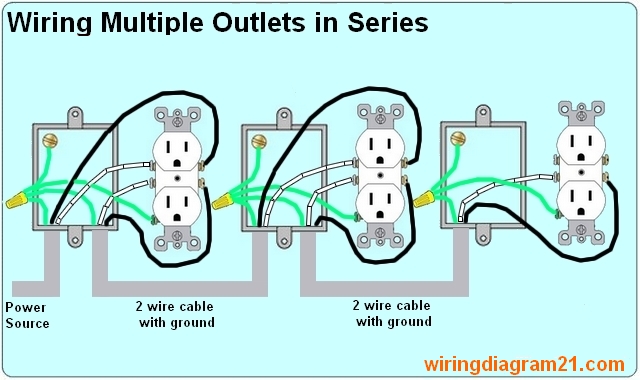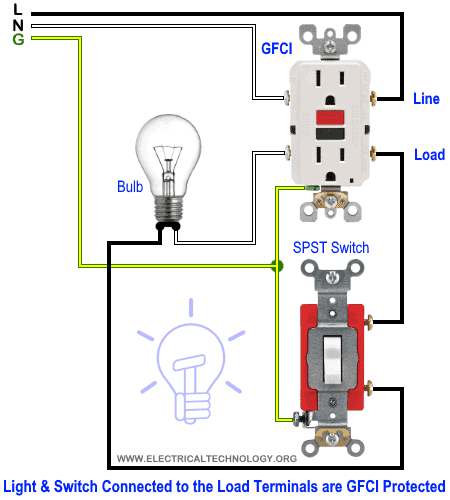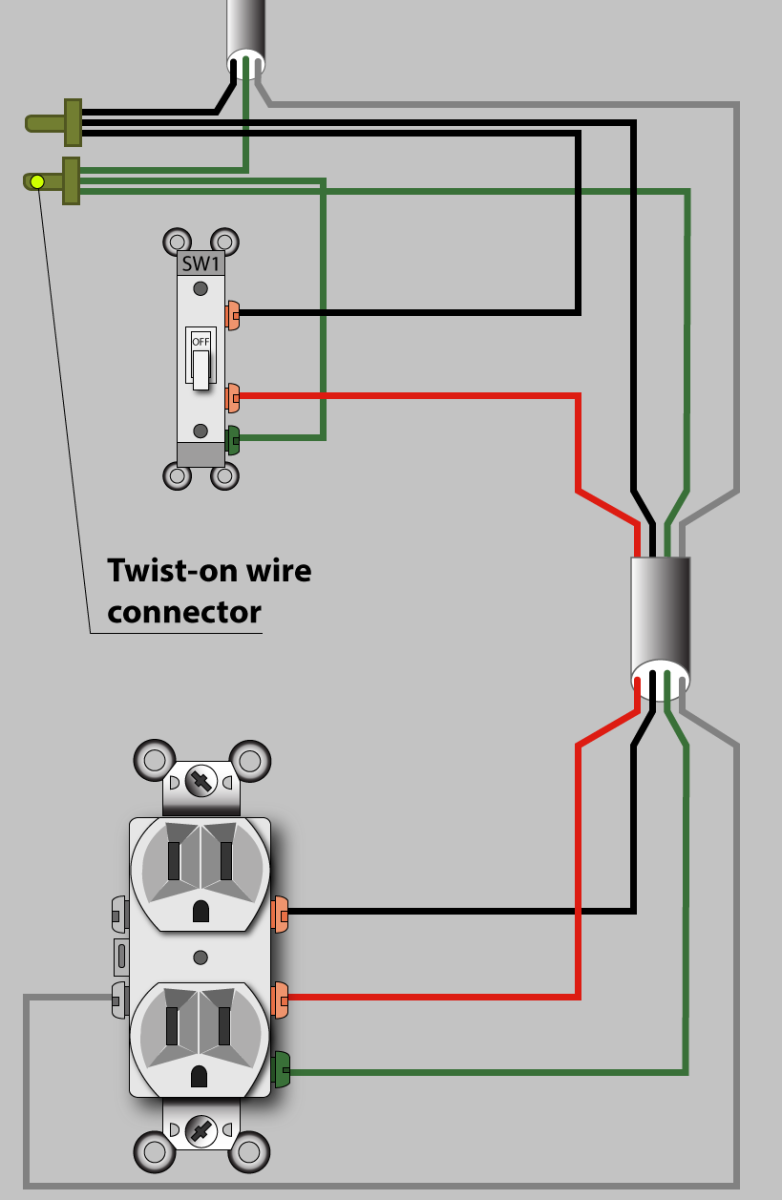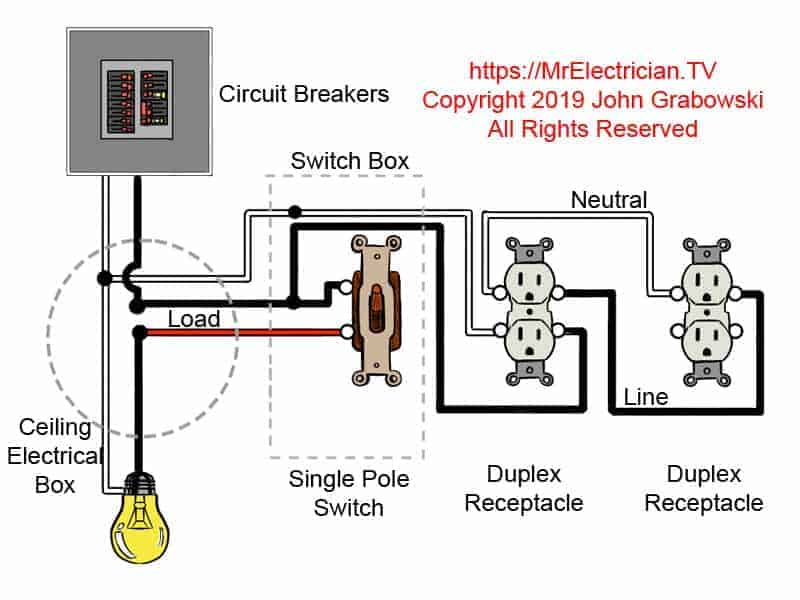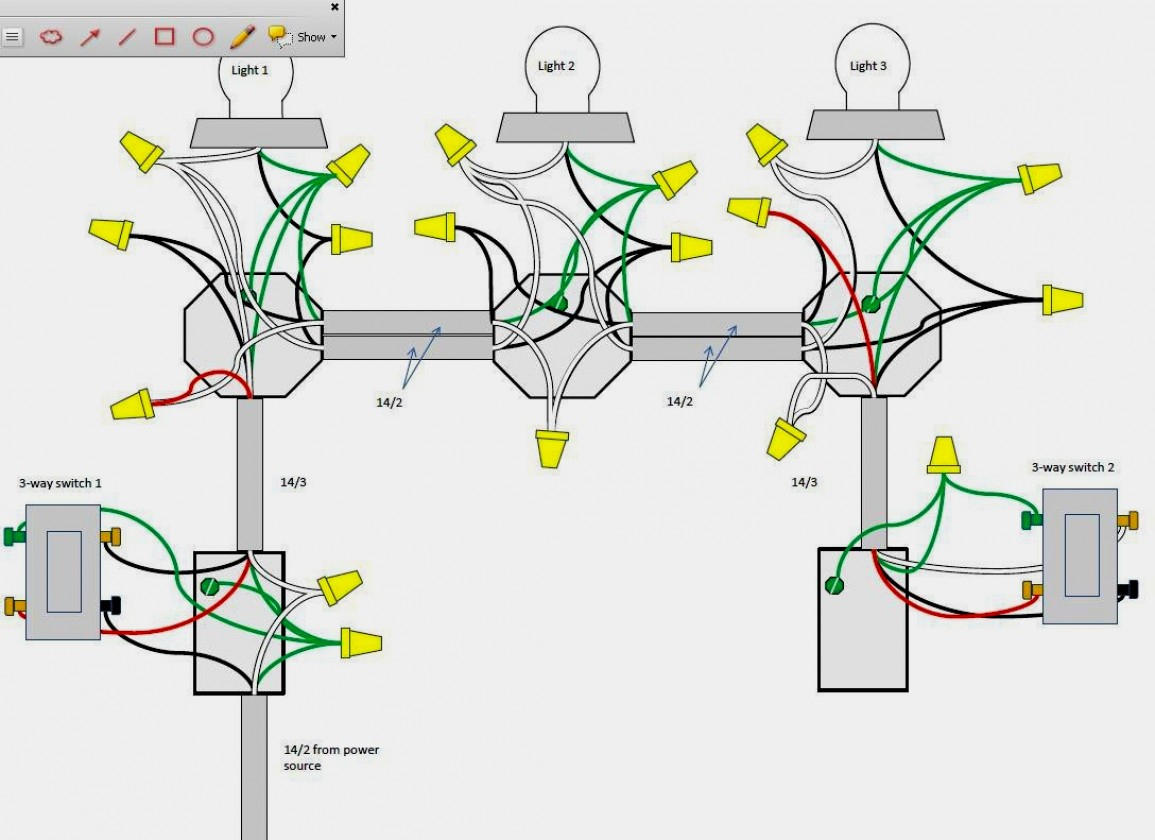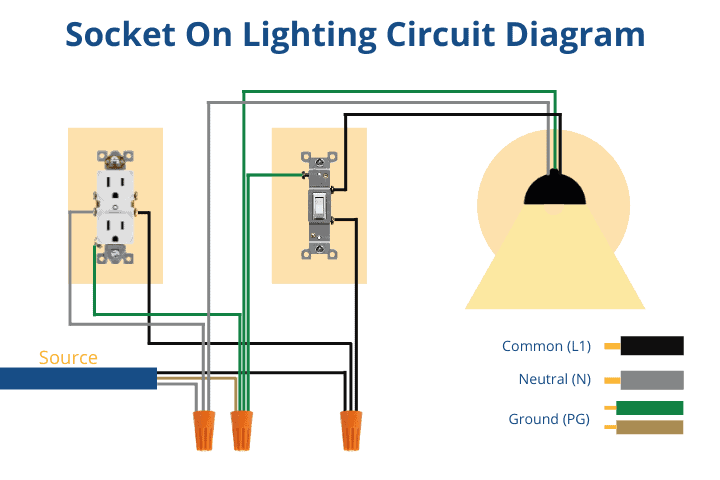Wiring Lights And Outlets On Same Circuit

The practice of wiring lights and outlets on the same electrical circuit is a common one in residential and commercial buildings, sparking ongoing debate about its safety, efficiency, and adherence to electrical codes.
Understanding the implications of this wiring configuration is crucial for homeowners, electricians, and building inspectors to ensure electrical systems are both functional and safe. This article explores the details, regulations, and potential consequences of connecting lights and outlets to the same circuit, providing insight into best practices.
What is Wiring Lights and Outlets on the Same Circuit?
Essentially, it refers to connecting both lighting fixtures and electrical outlets to a single branch circuit within an electrical panel. This means both lights and anything plugged into the outlets will draw power from the same circuit breaker.
This type of wiring is common in older homes and even some newer constructions. It’s done primarily for convenience and to potentially reduce wiring costs during construction.
Key Considerations and Potential Issues
One of the primary concerns with this setup is the potential for overloading the circuit. Each circuit breaker is designed to handle a specific amperage; exceeding this can lead to tripped breakers or, in more serious cases, electrical fires.
For example, if a circuit is rated for 15 amps, and the lights draw 5 amps, only 10 amps remain for devices plugged into the outlets. If multiple high-powered devices like hair dryers or space heaters are used simultaneously, the circuit can easily become overloaded.
Another issue is the potential for flickering lights when high-powered appliances are switched on. This happens due to voltage drops when the appliance demands a large amount of current from the circuit.
Electrical Codes and Regulations
The National Electrical Code (NEC), widely adopted in the United States, provides guidelines on electrical installations and wiring practices. While the NEC doesn’t explicitly prohibit wiring lights and outlets on the same circuit in all situations, it imposes restrictions.
The code mandates that branch circuits must be sized appropriately for the anticipated load, and the number of outlets and lighting fixtures on a single circuit must be limited. The NEC also includes requirements for ground fault circuit interrupters (GFCIs) in certain locations (bathrooms, kitchens, outdoors) to protect against electrical shock, regardless of whether lights are on the same circuit.
Local jurisdictions can adopt, amend, or create their own electrical codes, so it's important to consult with local building departments and qualified electricians to ensure compliance.
Benefits and Drawbacks
One potential advantage of wiring lights and outlets together is the reduced cost of installation, as it requires less wiring and fewer circuit breakers.
However, the potential drawbacks often outweigh this initial cost saving. Overloaded circuits, flickering lights, and the inconvenience of tripped breakers are common issues.
Furthermore, troubleshooting electrical problems can be more complex when lights and outlets share a circuit. Determining the source of the problem can be difficult when multiple devices are involved.
Best Practices and Alternatives
Electrical experts generally recommend separating lighting and outlet circuits, especially in areas where high-power appliances are frequently used. This helps to distribute the electrical load more evenly and reduce the risk of overloading circuits.
Another best practice is to use arc fault circuit interrupters (AFCIs). AFCIs are designed to detect dangerous electrical arcs, which can be a precursor to electrical fires, and quickly cut off the power to the circuit.
Installing dedicated circuits for high-demand appliances, such as refrigerators, microwaves, and air conditioners, is also recommended to ensure they have adequate power without affecting other devices on the circuit.
Impact on Homeowners and Society
For homeowners, understanding the electrical system in their homes is crucial for safety and energy efficiency. Knowing whether lights and outlets are on the same circuit can help them avoid overloading circuits and potentially prevent electrical hazards.
Properly wired and maintained electrical systems contribute to the overall safety of the community. By adhering to electrical codes and best practices, the risk of electrical fires and other electrical accidents can be significantly reduced.
Furthermore, efficient electrical systems can help to reduce energy consumption and lower utility bills. This contributes to a more sustainable environment and reduces the burden on the power grid.
A Human Interest Angle
Consider the story of *Maria Rodriguez*, a homeowner who experienced frequent tripped breakers and flickering lights. After consulting with a licensed electrician, she discovered that her living room lights and several high-powered appliances were all on the same circuit. The electrician recommended separating the circuits and installing AFCIs, which *Maria* agreed to.
"It was a lifesaver," *Maria* stated. "We haven't had a single tripped breaker since, and the lights are much more stable. It's given us peace of mind knowing our electrical system is safe."
Conclusion
While wiring lights and outlets on the same circuit is not inherently prohibited, it requires careful consideration of electrical codes, potential load, and safety implications. Separating circuits and implementing safety devices like AFCIs and GFCIs is often the best practice to ensure a safe and reliable electrical system.
Homeowners, electricians, and building inspectors should work together to ensure that electrical systems are designed and installed in accordance with the highest safety standards. This helps to protect lives and property and promote a more sustainable future.

